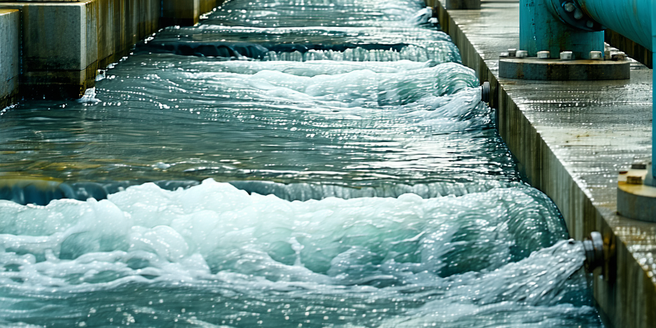
Understanding the Importance of Regular Inspections
Regular inspections of drainage systems are vital components in maintaining infrastructure integrity. By systematically checking these systems, potential issues can be identified before they escalate into significant problems. Regular scrutiny not only extends the life of the drainage infrastructure but also ensures that it continues to function efficiently, reducing the risk of flooding or waterlogging. Additionally, inspections help in complying with local regulations and standards, safeguarding the environment from potential contamination. Proactively maintaining the system can lead to cost savings by avoiding emergency repairs and prolonging the intervals between major overhauls. Thus, the importance of regular inspection lies in its ability to provide peace of mind to system owners and users by ensuring the system’s reliability and performance.
Key Components to Inspect in a Drainage System
Inspecting a drainage system requires attention to several key components, ensuring each part functions correctly to prevent leaks, clogs, or damage. Primarily, focus should be on the pipes, checking for cracks or blockages. Catch basins or inlets are crucial, as they trap debris before it enters the system, necessitating regular cleaning. The manholes should be inspected for structural soundness and to ensure access for maintenance. Additionally, outfalls must be checked to confirm they are not causing erosion or blockages. Valves and pumps should be assessed for functionality since their failure can lead to significant issues. By concentrating on these critical areas, the system’s overall health and capability to effectively manage water flow are maintained.
Tools and Equipment Needed for Effective Inspection
Effective drainage system inspections depend heavily on the right tools and equipment to identify potential issues accurately. Essential tools include high-powered flashlights and mirrors, aiding visibility in dark or hard-to-reach areas. Drain cameras and visual inspection devices can provide detailed images of pipe interiors. Regular maintenance of these tools is vital to ensure they perform optimally when needed. Digital locators are crucial for mapping underground drainage layouts. For cleaning and probing, high-pressure water jetters and rodding equipment are invaluable in clearing blockages. Safety gear, like helmets and gloves, is necessary to protect inspectors from potential hazards. Additionally, tablets or mobile devices equipped with inspection software facilitate real-time data capture and reporting, enhancing the efficiency and accuracy of the inspection process.
Common Issues Found During Drainage Inspections
During drainage inspections, inspectors frequently encounter common problems that, if left unaddressed, may lead to severe system failures. Blockages are prevalent, often due to accumulated debris or sediment. Regular maintenance can help prevent these issues from escalating into more serious complications. Structural damage like cracked or collapsed pipes can result from ground movement or natural wear. Root intrusion, where tree roots penetrate the pipes, is a common cause of blockages and leaks. Inspectors may also find evidence of corrosion, especially in metal components, which can weaken pipes over time. Additionally, improper installation or previous repairs may present problems that require attention. Identifying these issues early is crucial in planning effective repairs to ensure the system’s longevity and functionality.
Best Practices for Scheduling Inspections
To mitigate potential drainage system issues, scheduling routine inspections is paramount, adhering to best practices for maximum efficiency. Regular maintenance of drainage systems can prevent costly repairs and extend their lifespan. Inspections should be aligned with seasonal changes which may affect the system’s performance, such as before heavy rainfall or thawing seasons. Establishing a regular inspection cadence helps in predicting and proactively addressing potential problems. Utilize comprehensive inspection checklists to ensure all critical components are assessed. Moreover, leveraging digital tools for scheduling and recording inspections can enhance data accuracy and historical tracking, aiding in trend analysis and predictive maintenance. Collaborating with experienced professionals to tailor the schedule based on system age, design, and environmental conditions ensures optimal system performance and reliability.
